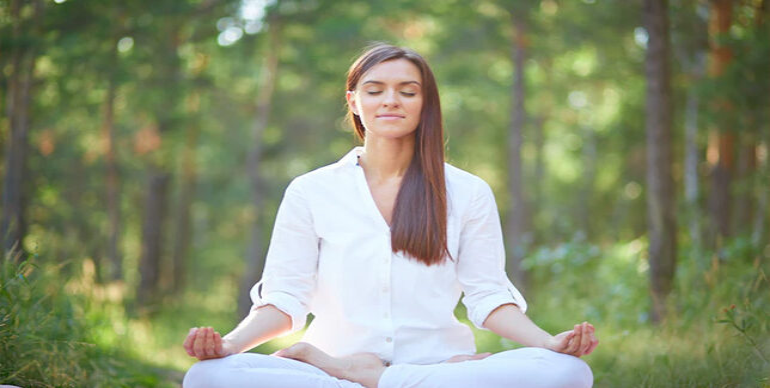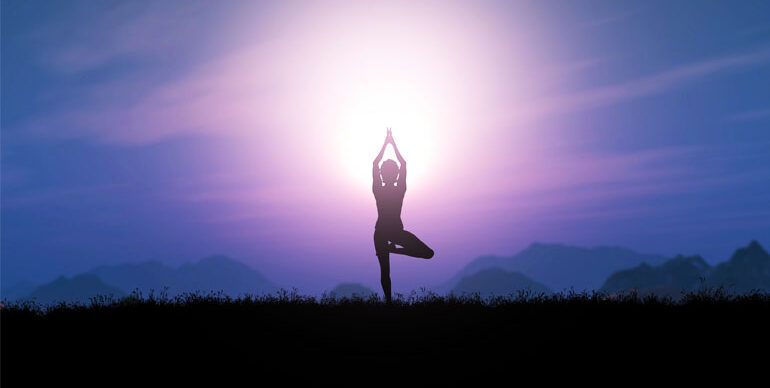
One of the best traditional definitions of Yoga is “The arrangement of the different components of the body in a specific way.” The word ‘asana’ is a Sanskrit word derived from the word ‘as’ which means “to sit” or “to be present” and in the context of Yoga, means to be “established in a certain posture”. Historically though, the term Yoga refers to the wide range of bodily postures that have been taught and passed on by generations of teachers in India over millennia. The forms of many of these postures have been concretized in the classic texts of the Hatha Yoga tradition. Asanas have evolved as an important part of a comprehensive spiritual practice oriented towards purification, accomplishment and realization.
Do not be put off by the spiritual aspect of Yoga though. Asana practice in itself, promotes structural stability, physiological immunity and emotional health. If you are young and if you are embarking on a journey of Yoga, then Yoga will help your bodies develop in a balanced way. If you are embracing Yoga as adults, then it will help restore and maintain balance as you grow older. Correct asana practice will help promote stability, strength, flexibility, skeletal alignment and mechanical freedom. Physiologically, proper Yoga practice will balance neurological and hormonal activity, strengthen cardiovascular and respiratory functioning, improve absorption of nutrients and elimination of wastes and strengthen the body’s ability to resist and even overcome chronic diseases.
Emotionally speaking, Yoga can will increase your self-confidence. tolerance for those who are different than you, empathy towards others, capacity to withstand change and appreciate the gift that you have been bestowed with – THE GIFT OF LIFE!
The essential qualities of asana practice enunciated by Patanjali in his Yoga Sutras are:
Sthira: to be conscious, alert, present, firm and stable.
Sukha: to be relaxed, comfortable, at ease without pain or agitation.
Our ability to be present and aware in an asana is through the breath and it is through the breath, that we can truly link the mind to the body, not at an imaginary level but as a real experience. On a practical level, Sthira and Sukha are symbolized by Ananta, the King of The Nagas who carries the world on his head and the Lord on his lap. Ananta symbolizes the goal of our practice viz. the ability to take full responsibility for being a healthy human being in the light of our personal, social and physical environment while at the same time being relaxed and at peace in our body, mind and heart. It pays to remember this: We must do our work with full attention while at the same time providing a comfortable resting place for God in our hearts.
We Are Different But Unique
Setting appropriate goals
All Human beings have the same structural and organic parts yet we are unique in our structural, physiological and emotional functioning. The key to the art of Yoga is to set approrpiate goals by assessing your present condition and then set appropriate goals. Learning to accurately assess your present condition involves looking at what is actually going on inside your body as you practice. For example, you may accomplish the form of a posture beautifully and still actually miss the potential benefits or neglect to see the potential harm of that posture! This may occur for a couple of reasons:
a. You may fail to recognize your own shortcomings and / or;
b. You may be so obsessed about the form of a posture that you may fail to consider it’s function
Correct asana practice is all about addressing what you are really trying to accomplish by doing asana practice.
Setting appropriate goals for Yoga Practice also involves the ability to recognize change. Because our bodies are always in a state of flux, we must continually redefine and renew our practice. Yoga can help you address a broad series of goals that covers the entire spectrum of human living including but not limited to: relieving chronic aches and pains, balancing conditions of excess or deficiency, promoting emotional health and developing the body through challenging postures.
Do not miss a single article!
Submit your email id to get new articles directly into your email inbox!




Add Review